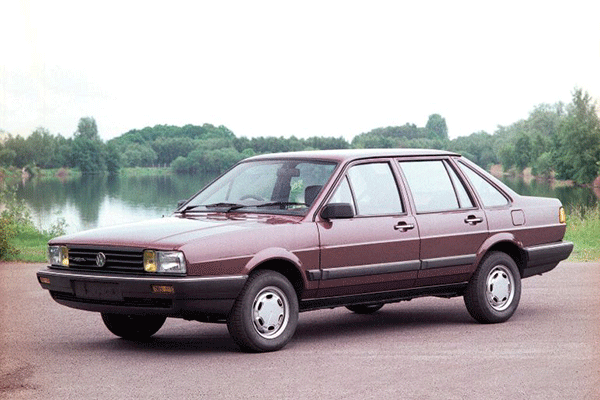Volkswagen's success story in China
Volkswagen and the People’s Republic of Chinashare a unique story of success, which began in Wolfsburg nearly four decades ago, and has grown into the largest German-Chinese partnership in the automotive industry. China is now the most important market for the Volkswagen Group, as confirmed by the latest car delivery figures. In the first quarter of the year, the Volkswagen brand delivered 722,800 cars to customers there, for an increase of 6.5 percent over last year.
The story begins in Wolfsburg in the year 1978, when a Chinese delegation visited the Federal Republic of Germany in search of a partner from the automotive industry for a project in Shanghai. Exploratory talks were held, and a few weeks later the Volkswagen Group and representatives of the Chinese government began negotiations on local assembly of Volkswagen brand models. On April 21, 1983, the headlines of Shanghai’s Wenhui Bao newspaper finally announced the production of the first Santana in China – at that time under a license agreement with the Chinese partner.

Our pioneer in China – the Volkswagen Santana (1986).
In 1984 Volkswagen launched its first joint venture in China – the SAIC Volkswagen Automotive Company Limited (SAIC VOLKSWAGEN). The agreement was signed by Shanghai Automotive Industry (SAIC), Volkswagen AG, and Volkswagen China Investment Co., Ltd. (VCIC). On September 1, 1985, the Santana was the first car to roll from the joint venture’s production line in China. The great success of this model spurred the partnership on to new heights. In 1988 the Volkswagen Group signed a license agreement with First Automotive Works (FAW) in Changchun to make the Audi 100. This partnership represented a milestone in establishing cutting-edge industrial standards for car production in China. Production then began in Changchun exactly 25 years ago.
In the early 1990s another successful model – the Volkswagen Jetta – rolled from the production lines of FAW-Volkswagen. Sales increased rapidly over the following years. The Volkswagen Group expanded its model range and solidified its market presence in China with the FAW-Volkswagen Sales Company (1997) and the Volkswagen Beijing office (1999).
The Volkswagen Group China was founded in 2004. Today it employs 95,000 people and makes models from Volkswagen Passenger Cars, Audi, and Škoda at 20 sites in the country.
Three sites were opened in the past two years alone. In late 2014 a plant in the northern Chinese city of Tianjin started producing the latest generation of DQ 380 dual-clutch transmissions. It was followed in early 2015 by FAW-Volkswagen’s engine plant in Changchun. A new car plant was then opened in May 2015 in Changsha, around 900 kilometers west of Shanghai, after only two years of construction. It is designed for an annual capacity of 300,000 Volkswagen and Škoda brand cars.
Two more plants will start up in 2018, one each in Qingdao and Tianjin. The number of employees of Volkswagen Group China is expected to reach 120,000 by 2019 – a good 30,000 more than today.
SAIC VOLKSWAGEN joint venture sites make Volkswagen Polo, Lavida, Santana, Passat, Tiguan, Touran, and Lamando models. FAW-VW produces cars like the Jetta, Bora, seventh generation Golf, Sagitar, and CC at plants in Changchun, Chengdu, and Foshan. The Magotan sedan, the latest generation of which is celebrating its world premiere at the Auto China in Beijing right now, is made at the Volkswagen plant in Changchun.
Invest in China Copyright © 2025 China Daily All rights Reserved
京ICP备13028878号-6
 京公网安备 11010502032503号
京公网安备 11010502032503号





